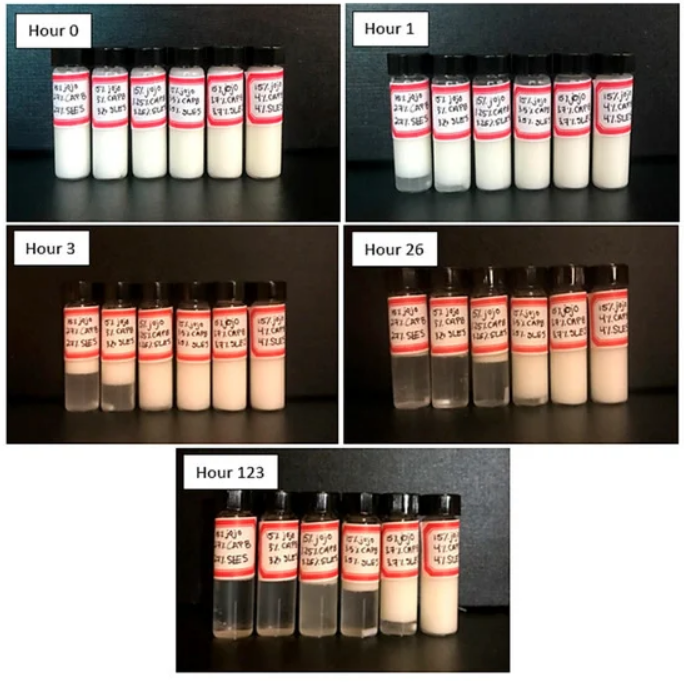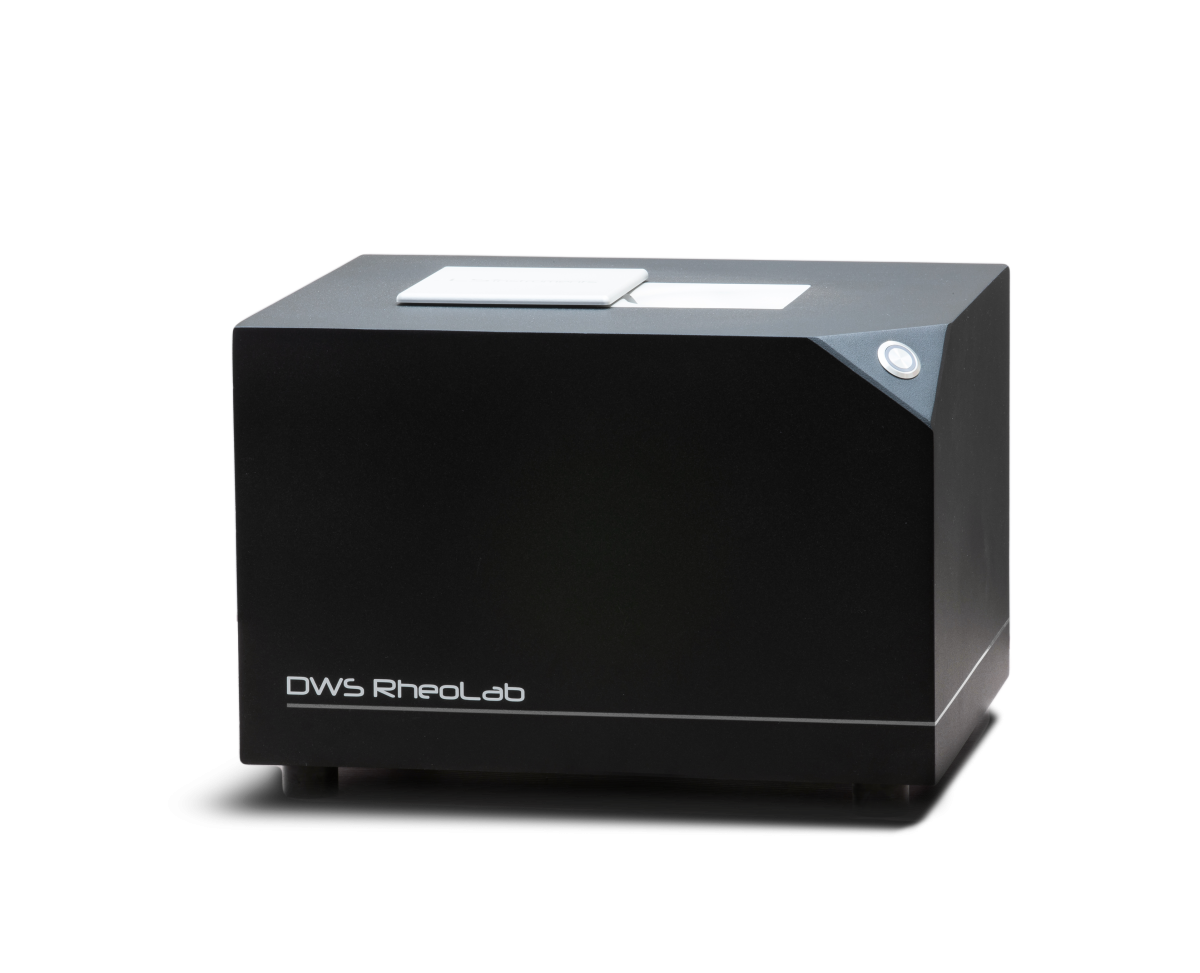Emulsion Stability Testing
Accelerating Early Emulsion Instability Detection with Diffusing Wave Spectroscopy
Emulsions play a crucial role in industries such as food and beverages, pharmaceuticals, and cosmetics. It is important to ensure the stability of emulsions to maintain product quality and shelf life. Traditionally, visual methods for detecting emulsion instability require long observation periods. Discover how Diffusing Wave Spectroscopy (DWS) can significantly reduce the detection time, speeding up formulation development.
Features
Contact-free
Fast
Sealed-sample
Small volumes
As little as 4μL of sample requiredDiffusing Wave Spectroscopy
Diffusing Wave Spectroscopy (DWS) is an advanced optical technique used to probe the dynamics of complex fluids and soft materials. It measures the scattering of light as it passes through a turbid medium, such as an emulsion. This method provides highly sensitive and rapid detection of changes in the microscopic structure and dynamics of emulsions.
Advantages of DWS in Emulsion Analysis
-
Speed: DWS can detect instability in emulsions in as little as 3 hours, a significant reduction from the 123 hours required by traditional visual methods. This rapid detection enables quicker decision-making and quality control processes.
-
Sensitivity: DWS is highly sensitive to minute changes in the dynamics and structure of emulsions, allowing for the early detection of instability before visible changes occur.
-
Non-Invasive: The technique is non-invasive and does not alter the emulsion, ensuring that the sample remains intact for further analysis or use.
-
Quantitative Data: DWS provides quantitative data on particle dynamics and structural changes, offering a deeper understanding of the mechanisms behind emulsion stability and instability.
Implementation of DWS in Early Emulsion Instability Detection
Implementing DWS for early emulsion instability detection involves several key steps:
-
Sample Preparation: The emulsion sample is prepared and placed in a suitable container for DWS analysis.
-
Light Scattering Measurement: A laser beam is directed through the emulsion, and the scattered light is collected and analyzed.
-
Data Analysis: The scattered light data is analyzed to determine the dynamics of the emulsion particles. Changes in the diffusion coefficients and particle motion provide insights into the stability of the emulsion.
-
Early Detection: By comparing the data over a short period, early signs of instability, such as aggregation or phase separation, can be detected well before they become visible.
Impact on Industry
The adoption of DWS for early emulsion instability detection offers substantial benefits across various industries:
- Food and Beverages: Manufacturers can ensure the consistency and quality of emulsified products such as sauces, dressings, and beverages, reducing waste and improving consumer satisfaction.
- Pharmaceuticals: Early detection of instability in drug formulations can enhance product efficacy and shelf life, ensuring patient safety and compliance with regulatory standards.
- Cosmetics: Cosmetic products like creams and lotions benefit from improved stability, leading to longer-lasting products and better performance.
Application Example

Read in this application how DWS is used to detect early instabilities in emulsions.
The measurements were performed on our DWS instrument, the DWS RheoLabTM.
Featured Product

With the DWS RheoLabTM, LS Instruments offers the world's only optical rheometer based on DWS technology.
- Easy measurement setup
- Non-Invasive Measurements
- High Sensitivity to Microstructure Changes
- Wide Range of Measurable Concentrations and Conditions
- Real-Time Monitoring of Gelation Process
- High-frequency
